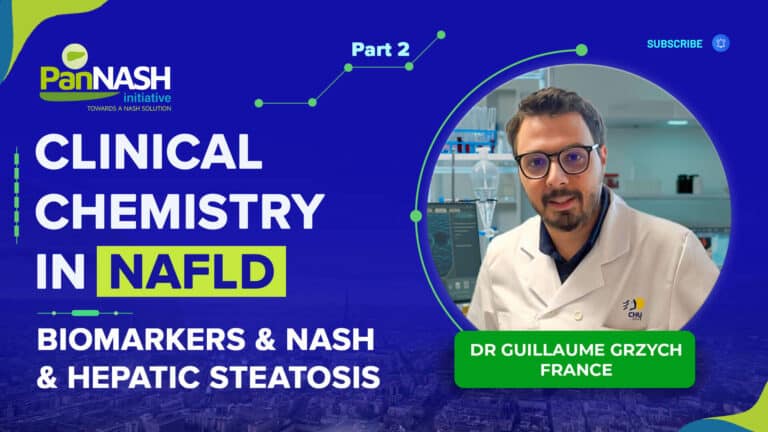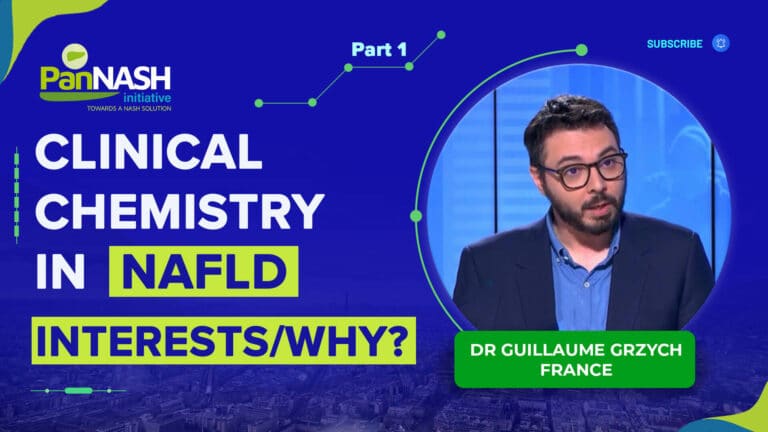So now let’s move to PPAR Agonist Pioglitazone. So this has been extensively studied in two major studies: the PROactive study and the IRIS study. I’m going to just discuss the PROactive here very briefly.
The PROactive study
So PROactive enrolled patients with diabetes and a previous vascular event (over 5,000 participants) and the mean follow-up was about three years. So the primary composite endpoint was all cause-mortality myocardial infarction and acute coronary syndrome requiring coronary intervention. Also major leg impute amputation bypass surgery or leg revascularization. So that was the primary outcome. The secondary outcome was all the cause of mortality stroke and non-fatal MI. Now the construction of these outcomes remains very controversial in the field and the study has received quite a bit of criticism with regard to both the primary and the secondary outcome. Now in PROactive piaglidism, the PPAR Agonist reduced triglycerides by just a small amount 13% and raised HDL by cholesterol by about nine percent. No effect on it LDL cholesterol. So this is not a very large effect on the lipid profile hemoglobin A1c went down half a percentage point and body weight went up 1.1 kilograms. So the primary outcome was not significant to Hazard ratios 0.90. The secondary outcome is significant, but the effect is rather small – the hazard ratio of 0.84 indicates the 16% relative risk reduction. So it is a mildly favorable result for pioglitazone particularly. If you accept a secondary outcome that has all caused mortality.
The IRIS study
Now the IRIS study I’ll just say briefly had the opposite effect in a huge benefit to cardiovascular disease incidents. This is the same drug by Glenn Ison and it reduced the incidence of new diagnosis of diabetes. So by over 50% so two very very positive results in IRIS study. The big difference between IRIS and PROactive is the pain type of patients in these studies and the Iris study, these are patients who did not have diabetes. Whereas the PROactive study: all the patients in diabetes and an IRIS study: the patients all had to have a cerebrovascular event prior to enrollment in the study that transient ischemic attack or a stroke. So it’s quite a different population. I don’t know whether that explains the difference in Iris being very favorable in PROactive being, not favorable in somewhat mixed and it’s in the judgment of colleagues.




